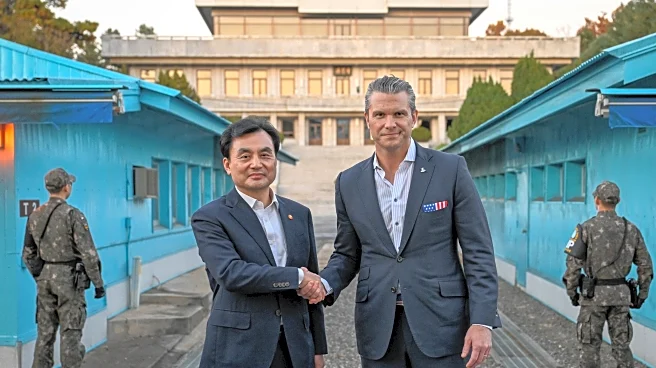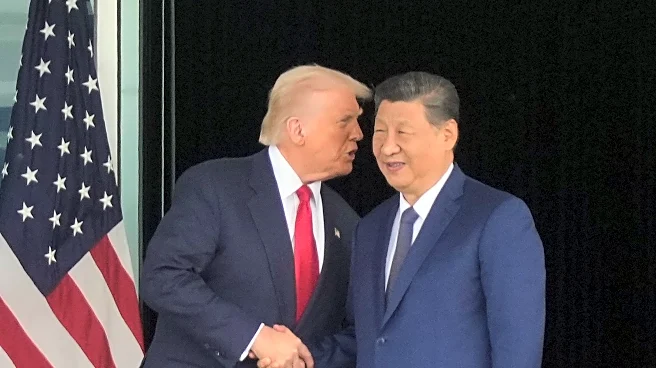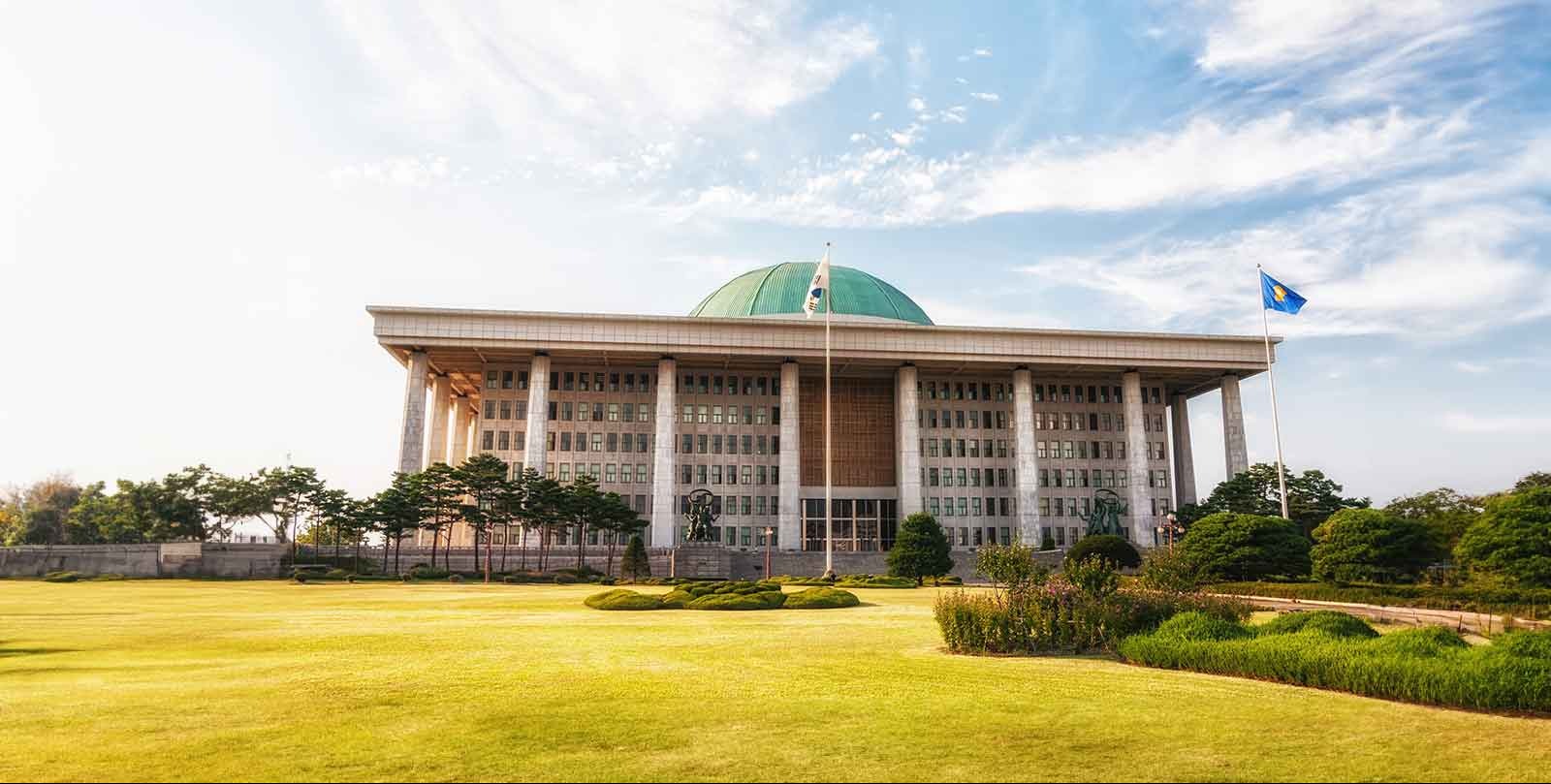What's Happening?
U.S. Defense Secretary Pete Hegseth visited the Demilitarized Zone (DMZ) along the border with North Korea as part of his trip to South Korea. The visit precedes talks aimed at reshaping the role of U.S. troops
in Korea, focusing on combined defense readiness against North Korea and regional security cooperation. Hegseth's visit to the DMZ underscores the symbolic strength of the South Korea-U.S. alliance. The discussions are expected to address the changing security environment and threats, with potential adjustments to the U.S. military presence in South Korea.
Why It's Important?
Hegseth's visit to the DMZ highlights the ongoing commitment of the U.S. to its alliance with South Korea, amidst regional tensions and North Korean provocations. The strategic talks may lead to a more flexible role for U.S. troops, allowing them to respond to broader threats in Asia, including Chinese military activities. This could impact the balance of power in the region and influence U.S. military strategy. South Korea's resistance to changing the role of U.S. troops reflects its desire to maintain a strong defense posture while enhancing its own military capabilities.
What's Next?
The upcoming Security Consultative Meeting will be crucial in determining the future direction of the U.S.-South Korea military alliance. Discussions may include plans for South Korea to take on wartime command of combined forces, and the implications of increased defense spending. The outcome of these talks could affect U.S. military deployments and strategic priorities in Asia. South Korea's plans to increase its defense budget may also influence negotiations on the financial contributions for the U.S. military presence.













